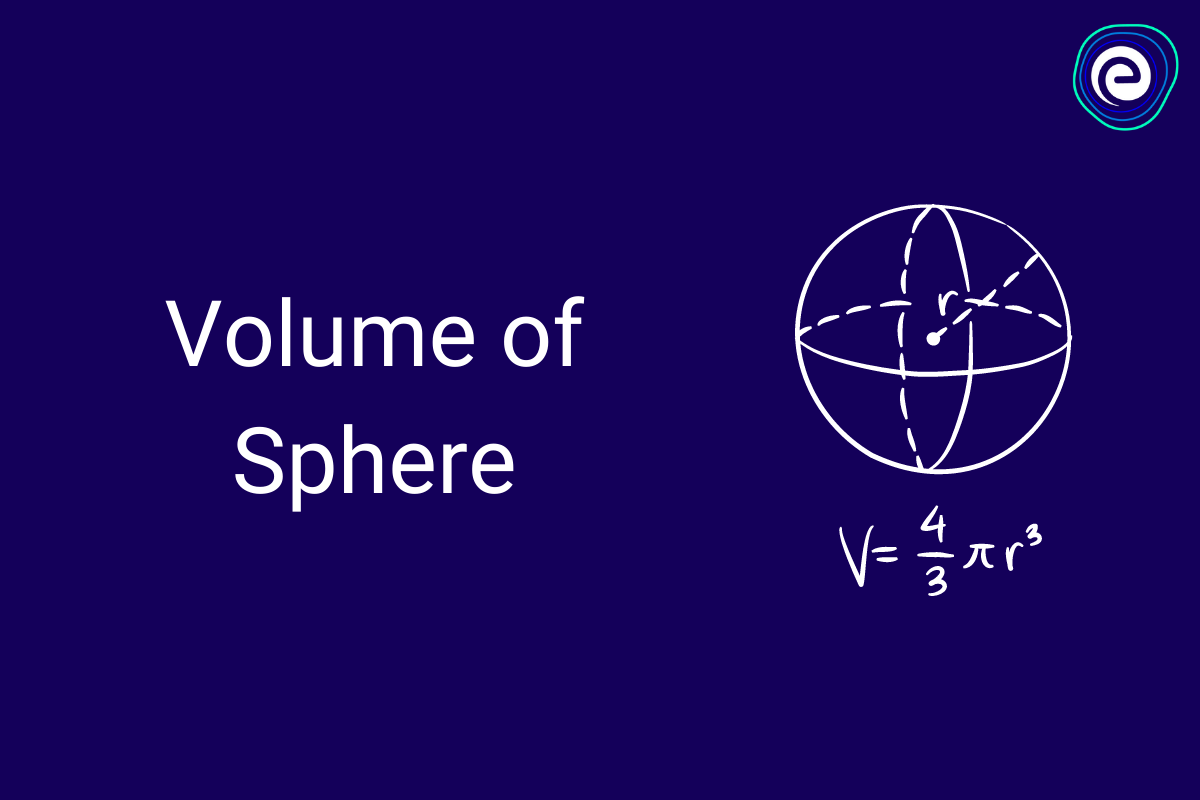Hi folks. Okay, today we have one last lesson in this section, so this is gonna be the last section you're gonna be doing notes on. Today we are going to focus on finding the volume of spheres. Now spheres are the 3D counterpart of circles. So spheres are very similar to basketballs, globes, and anything you can think of that is a perfectly round, circular shape.
It is very important to know that spheres do not have edges, they don't have straight measurements because when you think about it, no matter what direction you go on a sphere, it's always going to be a circle. If I were to measure it around with a piece of string horizontally, it would be a circle. If I went vertically, it would be a circle. Even if I went diagonally, it would be a circle. Spheres do not have any straight edges. The only important measurement that we will know on a sphere is the radius.
Now, sometimes they will give you their circumference around or the circumference of the cross-section, but most of the time they're just going to give you the radius. Our formula for this section is volume equals four-thirds times pie, times radius cubed. Now it's really important to make sure you know that this one is radius cubed instead of squared.
I know we're so used to seeing pie radius squared. If you do that, it's not gonna work with this one. Let's jump right into some example problems. So for the first one, it says, find the volume of the sphere, and round your answer to the nearest 10th. Remembering to be careful of that measurement. All right, so here we go. Volume equals four-thirds times pie, times radius cubed. I'm gonna fill in the blanks, noting first, okay, did they gimme the radius or the diameter?
And I see okay, half the radius, it's only halfway across. So volume equals four thirds times 3.1, four times four cubes. Now, as I said in the last video, I typically like to get rid of these whole number ones first before multiplying by the fraction. It doesn't matter what way you do it, especially if you have one of the yellow calculators in school. It's gonna allow you to put in fractions. If you don't have a calculator that allows that. Remember times four-thirds by a whole number is the same thing as doing that whole number times four.
Taking that answer and dividing it by three, it really doesn't matter which way you do it. I'm going to get rid of my numbers first. So I have 3.14 times four cubed, which is 64, 4 times 4, 16, 16 times 4 64. So I have volume equals four thirds times. It works out to be 200.96. The same concept as last time. Do not round until we're done. I know it says 10 don't round. You're gonna mess yourself up and it's not gonna be as closely aligned as possible. From here, I'm gonna multiply. Remember I said okay, you can multiply his fractions or you can do that little trick four times 200.96, which is 8 0 3 0.84.
I stopped to divide that number by three, which gives me 2 67 0.946, yada, yada, yada. I only need 10th, so it's gonna be 2 67 0.9, and I apologize if my family is talking very loudly in the background. So if you can hear them upstairs. Sorry about that.
One last piece, since it's volume, of course, I need my unit and we know volume at this point is cubed. Always 3D shapes. Volume is a 3D measurement. Always gets the little three. Take a moment, and try the second one on your own. Press play when you're ready for the answer. All right, you should have found that your answer is 5572.5 meters.






